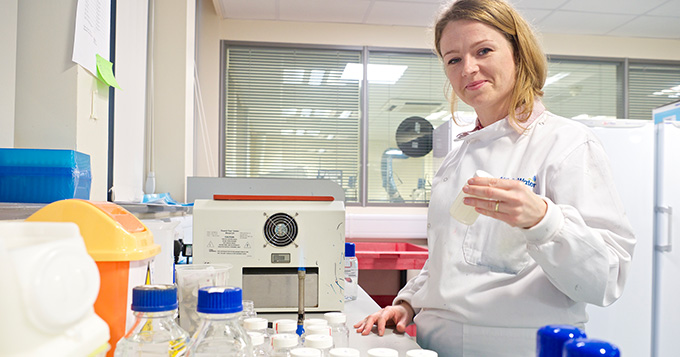Research into the science workforce

In 2011, the Science Council commissioned a report by Trends Business Research (TBR) on the composition of the current science workforce.
Key findings
- 20% of the workforce is employed in science roles, a total of 5.8 million people (1.2m primary science workers and 4.6m secondary science workers)
- Within the science sectors (core and related) 34% of the science workforce is non-graduate (with 17% QCF level 3&4); 32% are graduate and 26% are postgraduate. In comparison with the non science sectors and the economy as a whole there are significantly more graduates and postgraduates in the core and related science workforce
- Of the science workforce: 37.4% (2.1m) is located in the East, the South East and London. In comparison, 36.7% of the entire UK economy workforce is located in these regions
- Overall the primary science workforce has a gender balance of 60/40 (male/female) similar to the UK working population (54/46 (male/female). Only the health sectors has more female than male science workers, and in ICT 91% of the employees are male
- Average pay overall for scientists is generally higher than the average wage in the whole economy.
This research was a starting point in providing greater depth of data on the size, shape, distribution and qualifications of the UK science workforce today, as well as giving some projections of future changes. There were, inevitably, limitations in the data sources available, but the methodology took account of the workforce across the entire economy, rather than looking at total employees within science based industries.
